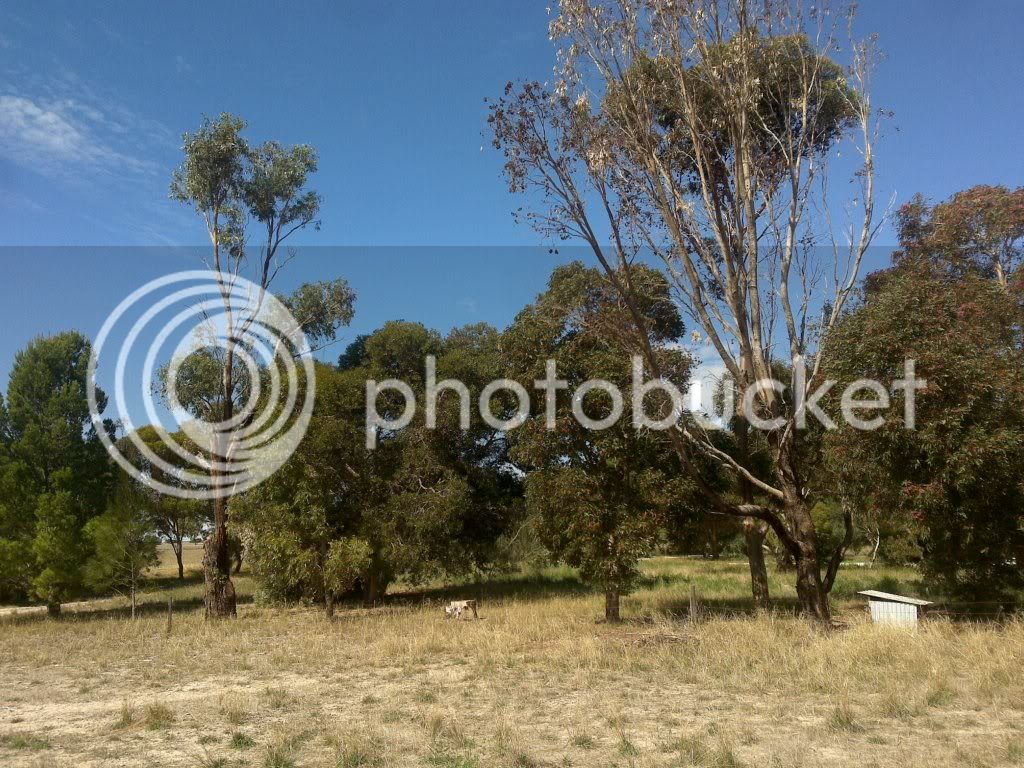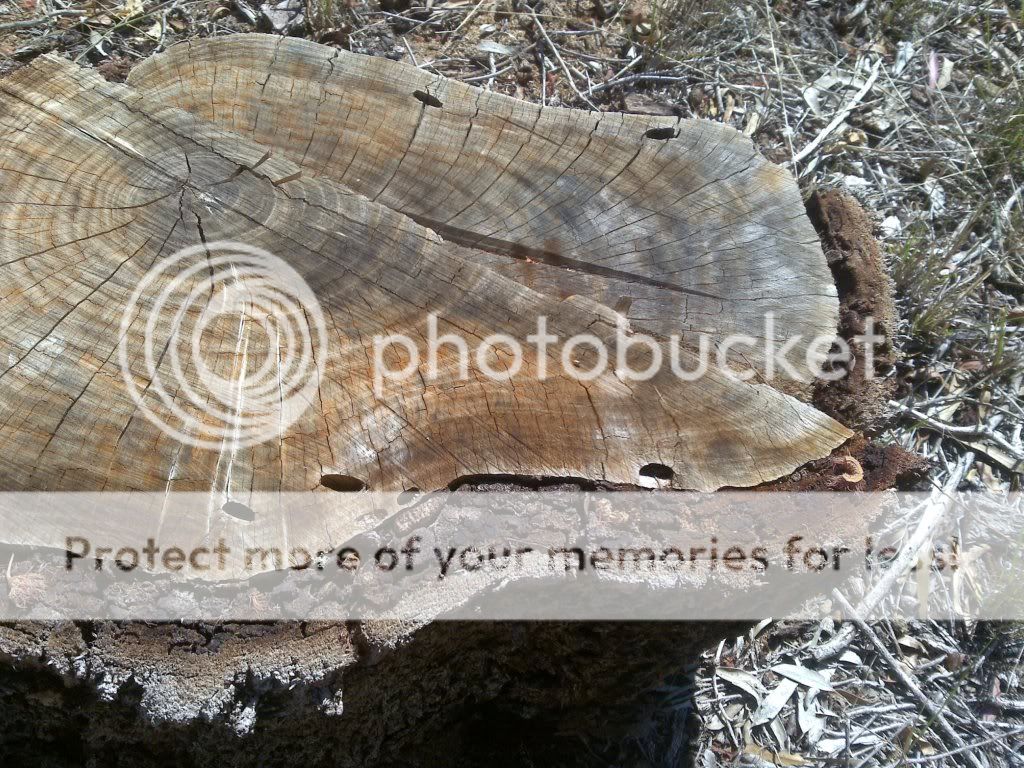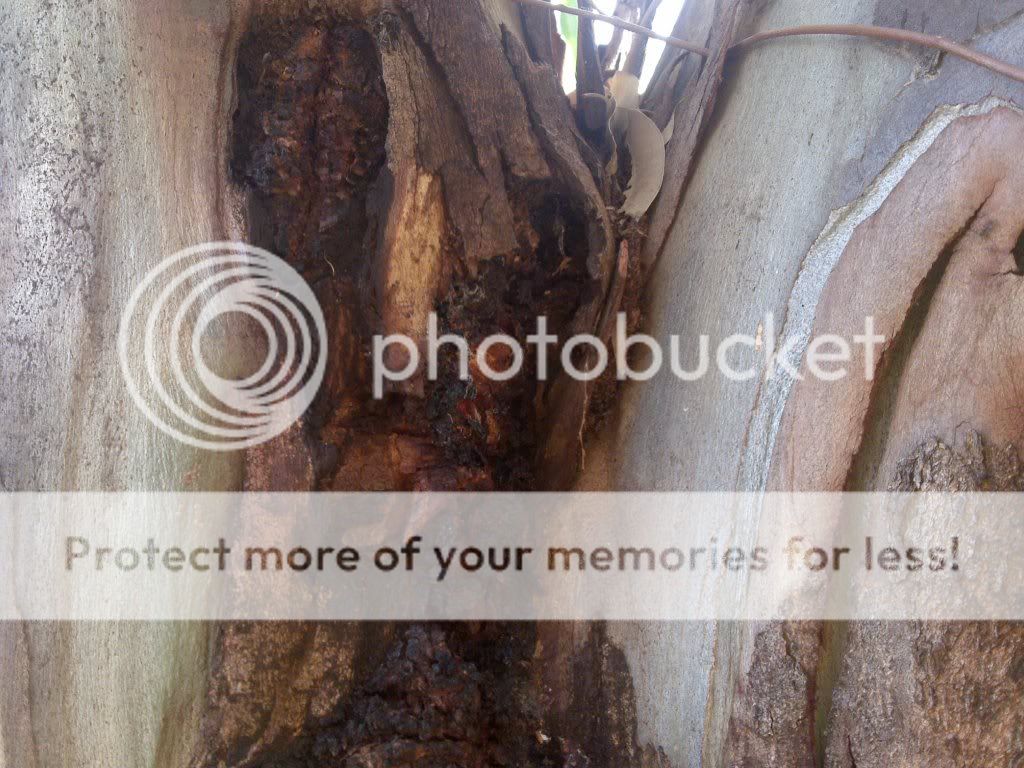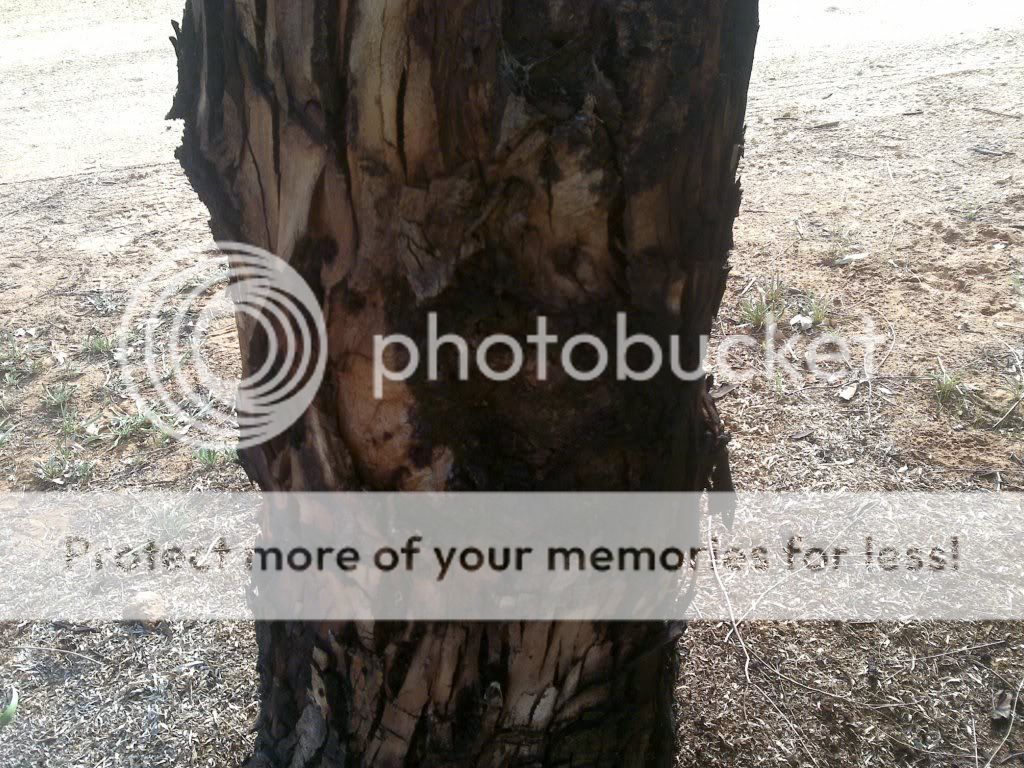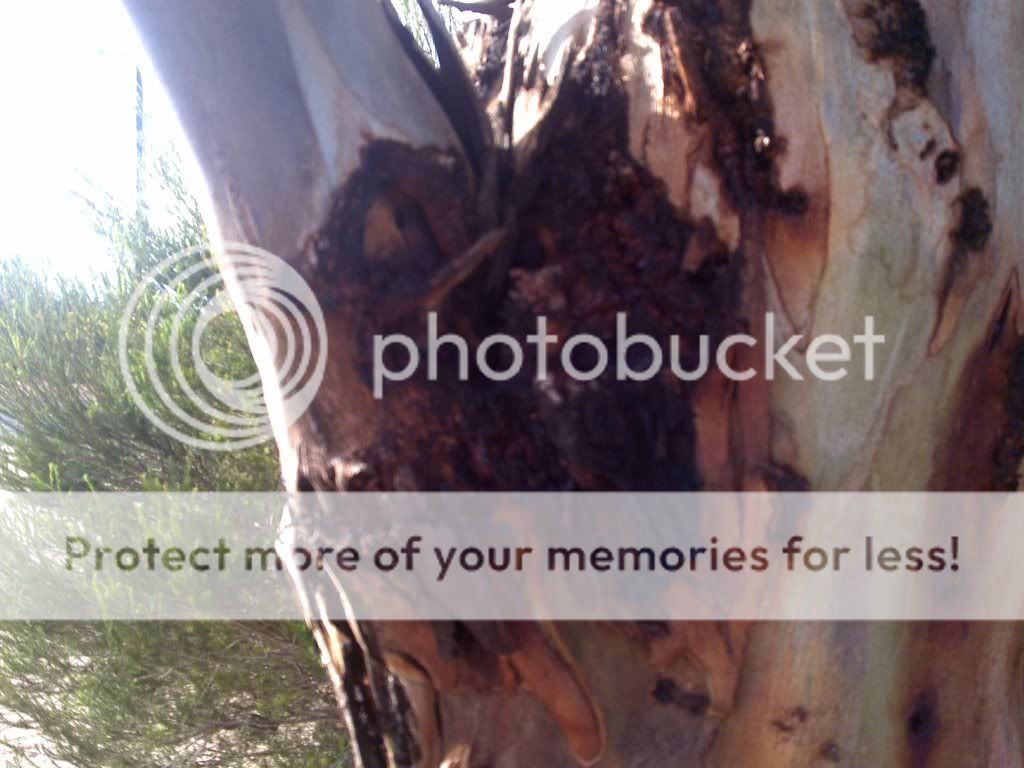There are literally millions of dead red gum eucs in SoCal right now.
These once healthy and robust eucs were hit hard by three separate insects.
First about 15 years ago it was the eucalyptus longhorn borer or ELHB.
Then about 8 years ago the Lerp Psyllid.
And for the last 2-3 years, it's the bloody Tortoise Shell Beetle eating the leaves right off what's left of these poor beaten down redgums!
http://www.ipm.ucdavis.edu/PMG/PESTNOTES/pn74104.html
1.......2.......3..........you're out!
Rough days for certain eucs in SoCal of late.
jomoco
Yup! Until we get the natural predators of these beasts imported from down under!
Jeff

























































